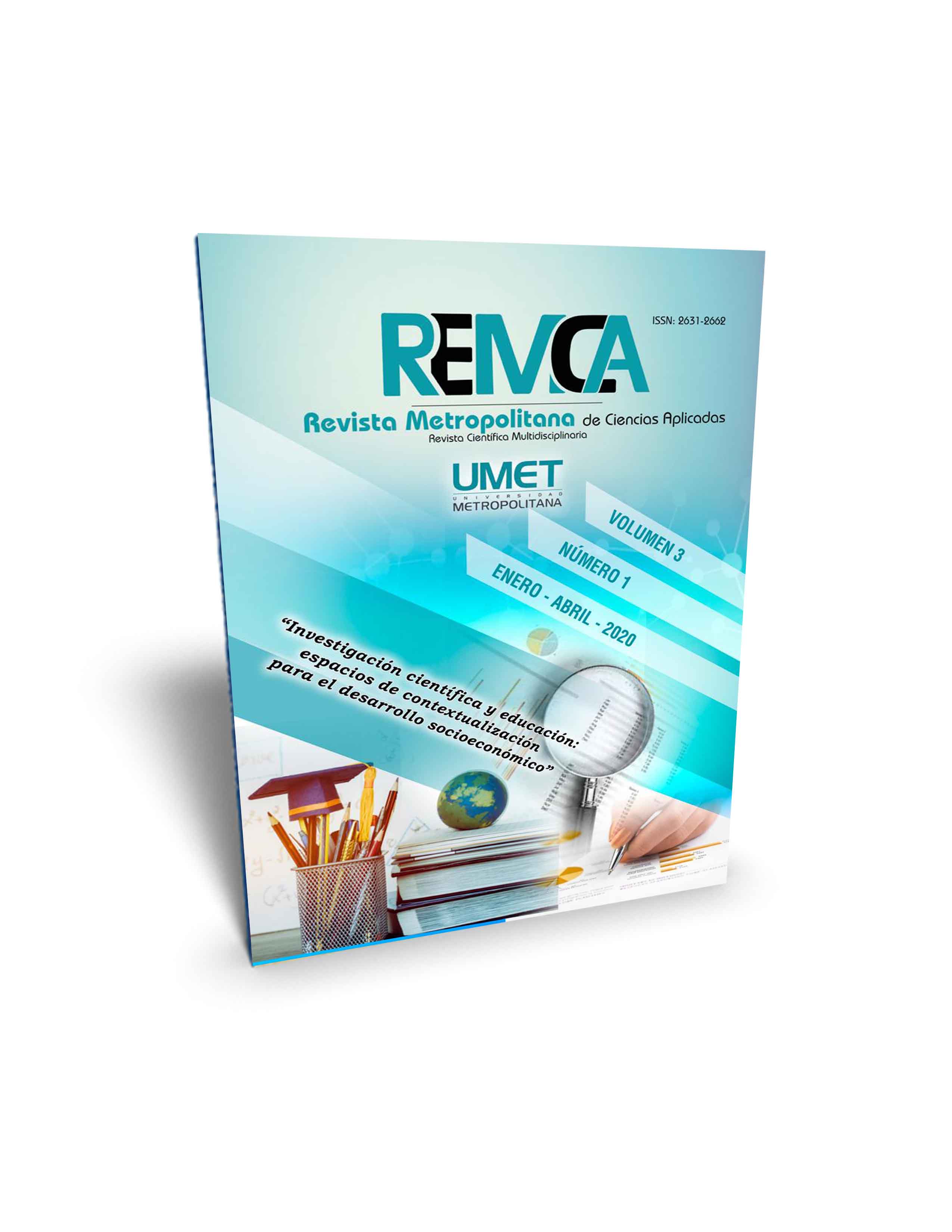A foray into the Triple Helix Model, seen from the Universidad Metropolitana del Ecuador
DOI:
https://doi.org/10.62452/ryw2tj86Keywords:
Triple Helix Model, university, company, government, innovation for developmentAbstract
A theoretical analysis has been made about what some theorists call the Triple Helix Model, considering that innovation arises in a progressive and cumulative way, guided by a systemic approach that pursues, the noblest of causes, of improving society, adding sustainable development and growth. This model connects entrepreneurship to regional development, using higher education as a vehicle for its promotion alongside with society, thus producing a sustainable model of development arising from the synergy between: Company, University and Society, or as other authors call them: University, Industry/Businesses and Government, with the main purpose of counteracting the problem of unemployment for youth and higher education graduates, while at the same time improving university training for them and contributing to local development, through the introduction of innovations. Theoretical methods of analysis and synthesis were implemented, as well as comparative methods to highlight the work of Metropolitan University of Ecuador in this regard, through projects related to society, business contracts, dissemination of research and innovations through scientific events and others, in pursuit of sustainable development and the aspiration to create science parks linked to companies in the region, among other activities that reflect this interrelationship that flows in an integrated and committed way.
Downloads
References
Antúnez, A. F., & Díaz, E. (2019). El modelo de la triple hélice y el desarrollo sostenible. http://urbeetius.org/el-modelo-de-la-triple-helice-y-el-desarrollo-sostenible/
Cuba. Consejo de Ministros. (2019). Decreto No. 363 de los Parques Científicos y Tecnológicos y de las empresas de ciencia y tecnología que funcionan como interface entre las universidades y entidades de ciencia, Tecnología e Innovación con las entidades productivas y de servicios. Gaceta Oficial de la República de Cuba, 86. https://www.gacetaoficial.gob.cu/es/decreto-363-de-2019-de-consejo-de-ministros
Cuba. Ministerio de educación Superior. (2013). Bases conceptuales, filosóficas y metodológicas del Desarrollo Local. Centro de Estudios de Desarrollo Agrario y Rural. Universidad Agraria de La Habana.
Etzkowitz, H., & Leydesdorff, L. (2000). The dynamics of innovation: from National Systems and “Mode 2” to a Triple Helix of university–industry–government relations. Research Policy, 29(2).
González de la Fe, T. (2002). El modelo de triple hélice de relaciones universidad, industria y gobierno: un análisis crítico. Revista Arbor, 185(738).
Organización de las Naciones Unidas para la Educación, la Ciencia y la Cultura. (1998). Conferencia Mundial sobre la Educación Superior La educación superior en el siglo XXI, Visión y acción. UNESCO. https://unesdoc.unesco.org/ark:/48223/pf0000113878_spa
Ramos, A. E., Artigas, D., & Báez D. (2015). La Responsabilidad Social de la Universidad y su integración en la consecución de Municipios Inteligentes por un desarrollo sostenible. En, S. Pérez Mendoza, L. E. Bueno Cevada y F. Aguilar Cruz (Coordinadores), Economía, Desarrollo y Territorio. Los desafíos y propuestas para el segundo milenio. Edit. Benemérita Universidad Autónoma de Puebla.
Ramos, A. E., Brito, A., Artigas, E., & Martínez, R. (2018). La triple hélice social para el desarrollo desde la gestión del conocimiento. Revista DELOS: Desarrollo Local Sostenible, 11(33).
Downloads
Published
Issue
Section
License
Copyright (c) 2020 María del Carmen Franco Gómez, Greicy de la Caridad Rodríguez Crespo (Autor/a)

This work is licensed under a Creative Commons Attribution-NonCommercial-ShareAlike 4.0 International License.
Authors who publish in Revista Metropolitana de Ciencias Aplicadas (REMCA), agree to the following terms:
1. Copyright
Authors retain unrestricted copyright to their work. Authors grant the journal the right of first publication. To this end, they assign the journal non-exclusive exploitation rights (reproduction, distribution, public communication, and transformation). Authors may enter into additional agreements for the non-exclusive distribution of the version of the work published in the journal, provided that acknowledgment of its initial publication in this journal is given.
© The authors.
2. License
The articles are published in the journal under the Creative Commons Attribution-NonCommercial-ShareAlike 4.0 International License (CC BY-NC-SA 4.0). The terms can be found at: https://creativecommons.org/licenses/by-nc-sa/4.0/deed.en
This license allows:
- Sharing: Copying and redistributing the material in any medium or format.
- Adapting: Remixing, transforming, and building upon the material.
Under the following terms:
- Attribution: You must give appropriate credit, provide a link to the license, and indicate if any changes were made. You may do this in any reasonable manner, but not in any way that suggests the licensor endorses or sponsors your use.
- NonCommercial: You may not use the material for commercial purposes.
- ShareAlike: If you remix, transform, or build upon the material, you must distribute your creation under the same license as the original work.
There are no additional restrictions. You may not apply legal terms or technological measures that legally restrict others from doing anything the license permits.




